Gum Piercing: Licenced To Beam
A body piercing is a hip but a gum piercing is wow inspiring!
On Aug 9, 2023 – 12 minutes read
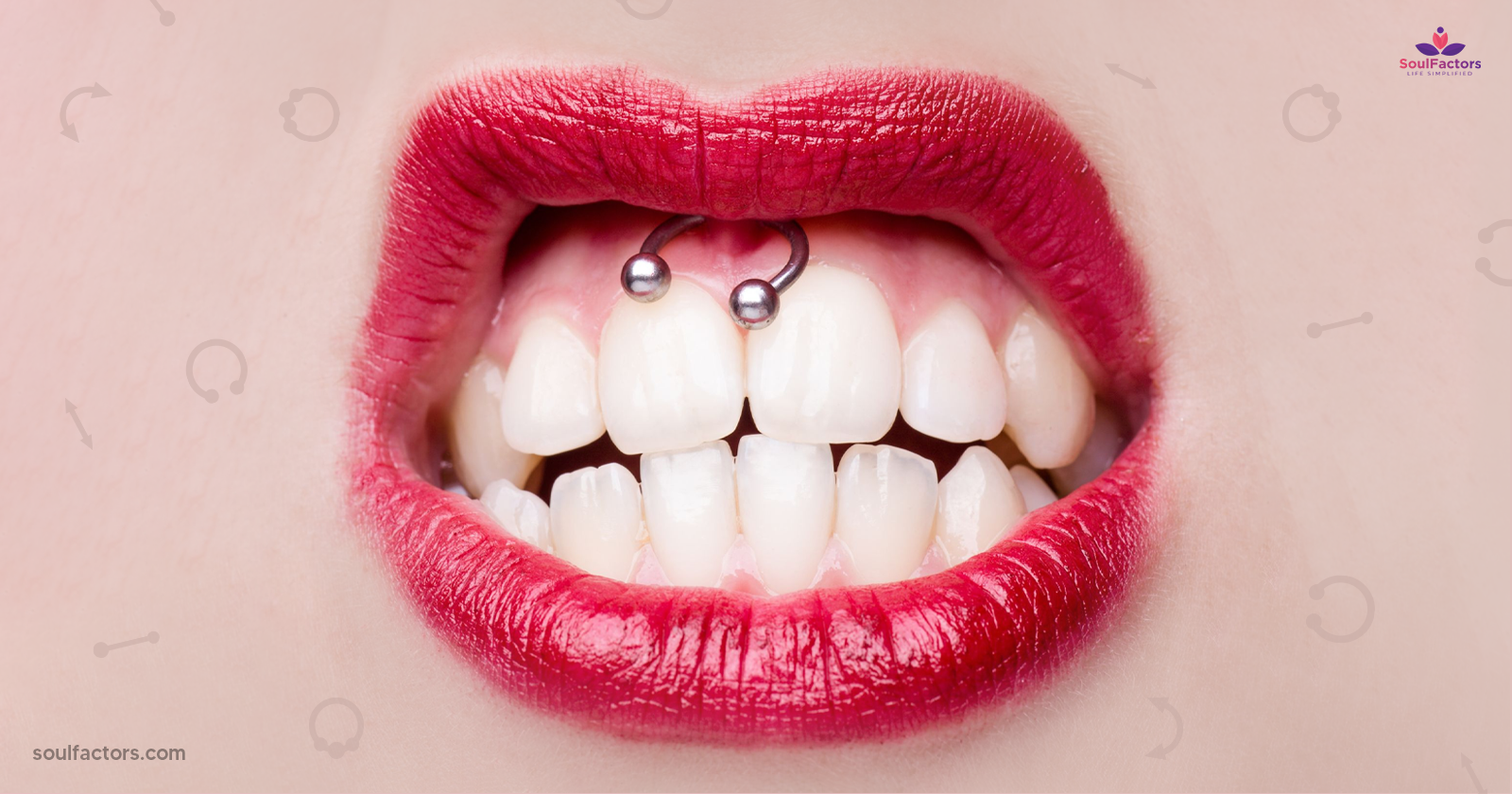
Body piercing is as ancient as human civilization. It is fascinating that the ancient mummies also were found to have body piercings on them. Ear piercing is a part of Hindu tradition. The body piercings were done with the belief that it renders some health benefits when the piercings are in specific acupressure points. Apart from the health benefits, piercing the belly button, nose, and brows, were all making fashion statements with more and more celebrities embracing them. And now we have a freakish yet discrete gum piercing high on the trending list.
What Is Gum Piercing?
Gum piercing is generally made inside the upper part of the lips and it shows when you smile. Hence the name smiley piercing. You can also get it inside your lower lip which will act as a concealed piercing.
Different Types of Gum Piercing
The smiley Piercing
The smiley piercing goes through the frenulum which is the small flap of tissue that connects the gums to the lips. One of the most common locations for a gum piercing is the upper part of the mouth that is above the two front teeth. The piercing shows when you smile, hence they call it smiley piercing.
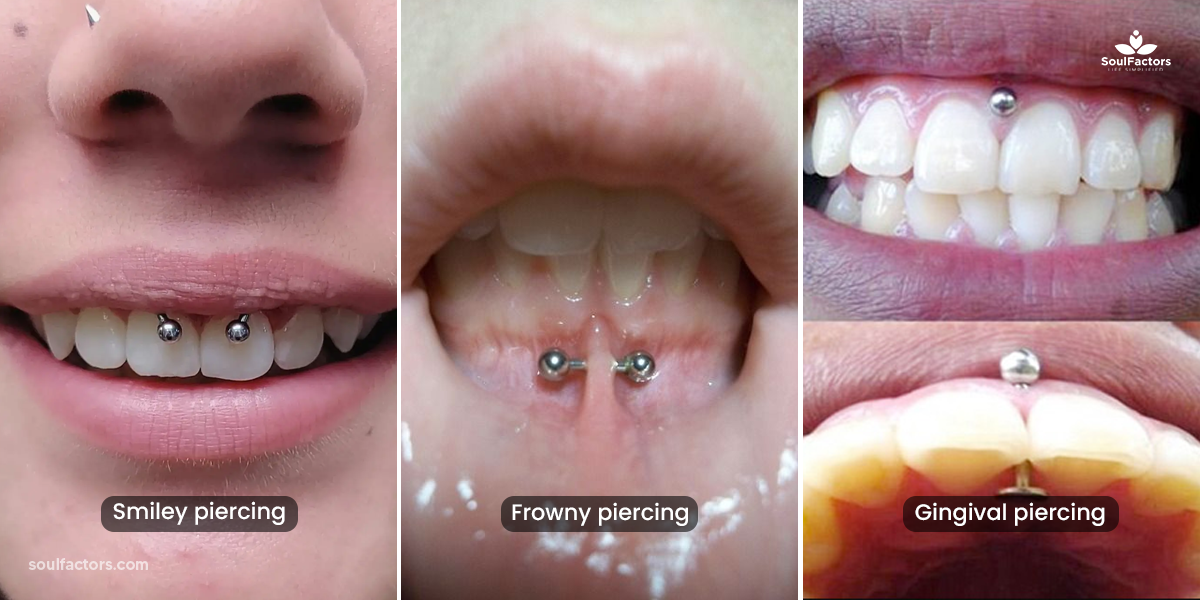
Frowny Piercing
You can also pierce the bottom part of the mouth where the tissue connects the lower lip to the gums. This is sometimes called a frowny piercing.
Gingival Piercing
This is real gum piercing. It’s also called trans gum piercing. This is the actual piercing of the gum. Needless to say, risky! And riskier if the piercer is not an expert in dental anatomy!
How To Choose Your Piercer?
👉Do your research about the best piercing salons in the area.
👉Make sure the place is clean and well- ventilated.
👉Check the hygiene standards personally- furniture, workplace, etc.
👉Check if the needles, gloves, etc. that are used are fresh and new.
Who Cannot Get A Gum Piercing?
Those who have braces or wish to get their teeth corrected with braces cannot have a gum piercing. Those with a history or bleeding gums or periodontal issues should abstain from gum piercing. Those who have a thin frenulum should also keep away from smiley piercing.
Cost of Gum Piercings
A gum piercing can cost you anywhere between 30$ to 90$. You may have to pay for the jewelry separately.
How Much Does A Gum Piercing Hurt?
It depends on your pain threshold. Some rate it a 4 out of 10. It is a relatively quick procedure. The nature of the pain is explained as sharp.
Gum piercing- Pros And Cons
| Pros | Cons |
|---|---|
| Cute/ cosmetic effect | Health Risks are involved: Infection, rejection, gum recession, etc. |
| Fast healing | Restricted activities |
| Trendy | Dangers of choking from dislodged jewel |
| Hidden | Tooth and gum damage |
| Stylish | Snag risk |
| Removable | Complicated aftercare regimens |
Pros of Gum Piercing
- Trendy: It is trendy to have a piercing and a gum piercing is a fun way to make your smile look more attractive. You will tend to smile more to show off your jewelry as well.
- Subtle: It is not a crass piercing, but classy, as it shows only when you smile. It has the subtlety that makes this piercing a choice of many. This is a hidden piercing and shows when you smile or talk. This suits those who want to play a little hide and seek with the piercings.
- Gum Piercing Have Shorter Healing Time: It does not take months to heal the piercing completely if proper care is taken.
- Not Super Painful: Gum piercing is not the most painful of piercings.
- Cosmetic: It sure brightens up your smile!
- Removable Piercing: If you want to remove the piercing, you can do so without anybody noticing that you have removed it. The punctured area won’t show.
Cons of Gum Piercing
- Gum Piercing Infection: Like any piercing, this one is also not without the risk of infections. You need to be more careful as the mouth tends to have more bacteria than any other part of your body, thereby increasing the chances of infection.
- Dislodged Jewel: There are chances to dislodge and swallow the jewelry while eating, drinking, etc. This may cause choking and harm to your internal organs.
- Restricted Activities: Those who follow activities like contact or collision sports may need to remove the jewelry often. Those who risk falling should also reconsider this.
- Friction: If the piece of jewelry you want to wear causes friction on teeth or erosion of enamel, it sure is a no- no.
- Piercing Rejection: Body may reject the piercing which may cause swelling. Hence, piercing rejection is also a possibility.
- Snag Risk: There is risk for the piercing getting snagged by a toothbrush or when eating.
- Tooth And Gum Damage: Tooth and gum damage is also an eventuality. Some jewelry like the captive bead jewelry can cause teeth corrosion while others can cause the gums to swell. If the piercing is not cleaned properly, regularly, and thoroughly, food particles can get lodged between the jewelry and cause damage to the teeth. Those with pre-existing enamel wear may complicate it with the piercing jewelry making it worse. The jewelry can also knock against your teeth and cause teeth chipping.
- Inconvenience: You may have to get accustomed to the lip movements over the jewelry and careful brushing of teeth to avoid snagging the jewelry. You have to be super alert and check for signs of infection like swelling or pus oozing out. You may also have to tackle headaches that are triggered by the piercing.
- Longer Healing Time: If proper care is not given and in cases where the piercing got infected, it may take some more time to heal completely.
- Complicated Aftercare: You may have to clean your mouth often with saline solution. The first few days you may have to avoid hard and crisp food. French Kissing is also off-limits.
Steps Involved In Gum Piercing
This is quite simple a piercing and will hardly take a minute or so to complete.
- Your piercer will sanitize the hands and gloves.
- You will rinse your mouth.
- You will be seated comfortably and your upper lip will be pulled up. In smiley piercing, the frenulum will be clamped to be held in place.
- A needle will be used for the smiley piercing or piercing of the gums.
- The Piercer will thread the jewelry through the hole made by the needle and screw it.
Voila! You have done a gum piercing.
(Demand your screaming rights!)
Risks Involved In Gum Piercings
Gum piercing is a daring act as it is more vulnerable to bacteria than any other part of your body. It seems the number of bacteria we have in the mouth is more than what you have on the toilet seat! This info is a kiss dampener, huh? But American Dentists Association (ADA) sends out a word of caution that oral piercings are extremely dangerous.
Infections From Gum Piercing
Infections, swelling, scarring, bleeding, unusual discharge, etc. should all be anticipated if you are going to dare a gum piercing. Embedded jewelry may need to be surgically removed as well. Interference with speech, mastication or deglutition, gingival injury or recession, keloid or scar tissue formation, etc. can also happen.
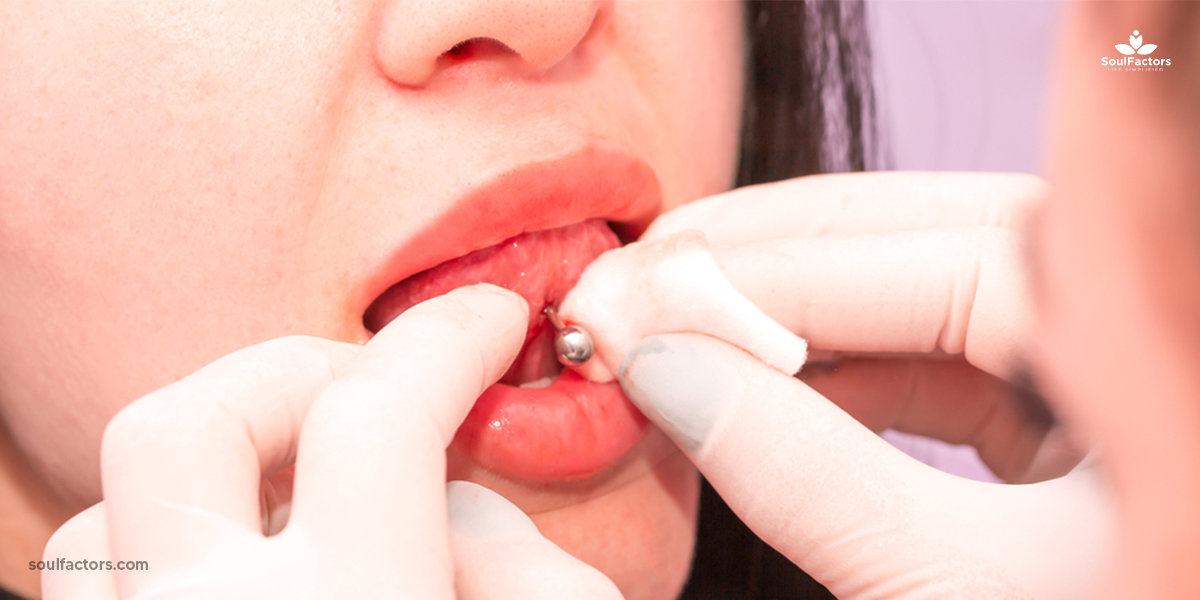
If due care is not exercised in regularly performing oral hygiene practices, there is a potential for plaque accumulation on the tooth gems or jewelry, which can increase the chances of dental caries and periodontal infection (1) as time passes.
Bloodborne diseases like Hepatitis, Herpes, Tetanus, Syphilis, HIV, TB, etc. can be easily transmitted if the needle and the work conditions are unhygienic. Infections aside!
Teeth Damage from Gum Piercing
The teeth also can be chipped or damaged in the process or afterward when the teeth become more vulnerable with more chances of the piercing metal knocking against the teeth. The gums and the inner lip tissue may be irritated and the friction from the jewelry no matter how small it is, can cause enamel erosion.
Allergic Reaction to the Metal
Those who have allergies should also watch out as some metals used in these piercings could trigger an allergic reaction. It can be averted with the use of surgical-grade metals.
Risk of Dislodgement
The piercing also have chances to be dislodged while sleeping, drinking, or eating and can cause airway obstruction. Ingested jewelry could present a threat to respiratory or digestive organs as well (2).
Gum Recession Due to Gum Piercing
The incessant rubbing of the piercing against the gums can damage it and make it pull away from the teeth. The piercing can also result in the accumulation of plaque which would block access to the teeth behind it. Gum recession is likely and can cause some serious damage which would require surgery to graft gum onto the tooth to save your tooth.
How To Prevent A Gum Recession In Gingival Piercing?
Gum recession is a possible aftermath of gum piercing. It can be prevented by choosing a piercing that will not rub against your teeth and cause gum recession. You can lightly massage your gums with your fingers as well without pulling at the piercing jewelry. You can prevent plaque formation, which is another reason for the same, by following good oral hygiene and brushing the area meticulously.
How To Prevent Gum Recession In A Smiley Piercing?
In smiley piercing, the frenulum is pierced. Preventing a gum recession in case, would be by brushing the area carefully without yanking the jewelry. You can gently massage the area as well. Wearing a piece of jewelry that does not rub against the teeth and cause the food residue to get accumulated will be ideal.
Gum Piercing Healing And Aftercare
Individuals who receive oral piercings can expect pain and swelling in the first few days after the procedure.
Alcohol-free mouth rinse
Using an alcohol-free mouth rinse is advised for use after oral piercing to cleanse the mouth (3) and prevent any infections in the pierced area. You can use a saltwater rinse or saline solution for the same. You can purchase saline solution products available in the market that are created specifically for use after oral piercings. Make sure you do not use any rinses with alcohol or hydrogen peroxide.
Replacing with a Shorter Jewelry
After the swelling subsides, you can visit their piercer to replace the original, longer piece of jewelry with a shorter piece, which can help prevent any damage.
Say no to Kissing
Kissing is also contraindicated as the jewelry has to remain stagnant while healing. So, no- no to kissing there!
Oral Hygiene
If you have made an informed decision to do gum piercing, you should take great care in keeping the oral orifice clean. Needless to say, you need to opt for a professional piercer who maintains a hygienic workspace. It will be great to do some serious research in this regard before choosing one. You should take advice from the piercer about how to clean and swap the jewelry.
While healing, if you notice any inflammation, discharge, or pain do consult a dentist at the earliest as it could be an infection. Targeted topical ointments and antibiotics can help you arrest the infection.
Brushing twice a day with fluoride toothpaste and a soft-bristled brush, and using a mouth rinse after every meal is basic care. You need to floss daily as well.
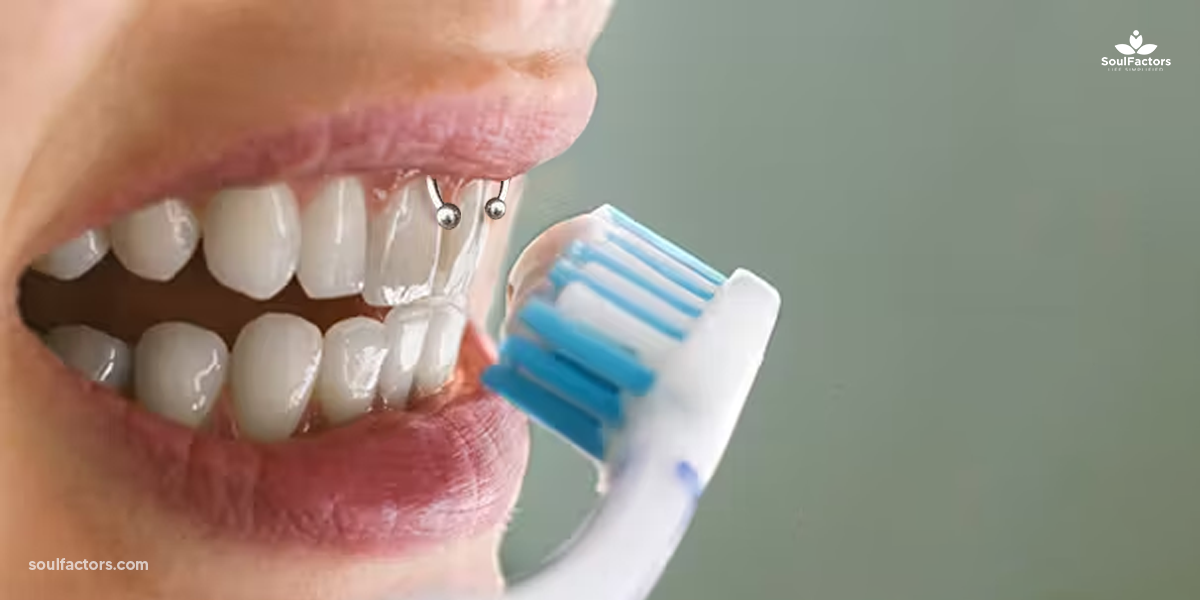
Once completely healed, it is advisable to remove the piercing from time to time to protect your teeth and gums from damage. It would be prudent to take out the piercing if you are into sports and similar activities to ensure that it does not get ripped off or knocked against your teeth. This is especially so if you are into contact and collision sports. You can use a mouth guard also as it helps to protect your teeth while involved in such activities.
Dental Check-up
Complications may arise either during the oral piercing procedure, immediately after, or after some time. Getting periodic dental check-ups also can help you nip any issue in the bud. You should make sure that you follow the advice given by the doctors verbatim to make sure that the piercing does not harm your teeth.
Try not to remove the jewelry yourself if the gum is inflated and painful. You should not even touch the area with your fingers without ensuring that it is cleaned properly. It is also in the best interest of the piercing to avoid hard and crunchy food, spicy and hot meals, alcohol, and acidic food.
Healing time? With proper care given to avoid infections, the piercing can be perfectly healed in four to twelve weeks.
Gum Piercing Jewelry
What is the point if you don’t explore the different kinds of jewelry you can adorn your gums with? Gum piercings allow variety not just in their location but also in the type and design of the jewelry. Depending on where you get your gum piercing, you can choose from the different types of gum piercing jewelry.
Different Types of Gum Piercing Jewelry
Studs
While you pierce your gums, you can opt for something as subtle as a stud. It will be placed between your tooth or up above the gums. Shiny jewels like diamonds or cubic zircon can shine there.
Captive Bead Ring
In smiley piercing you can use a captive bead ring which is a circular shape with a small bead at one end to hold on in place.
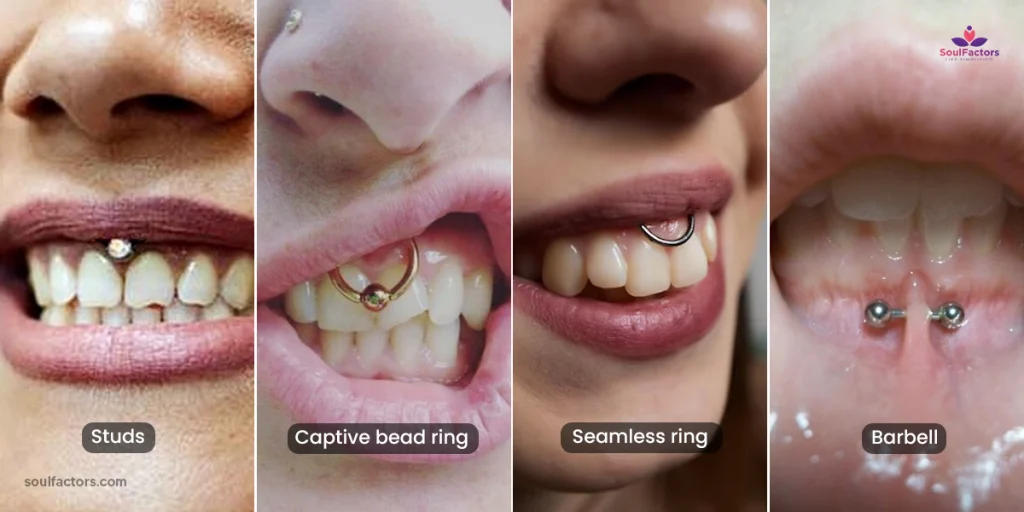
Seamless Ring
It is a plain ring without any beads.
Barbell
Once the piercing heals completely many opt for circular barbell with a horseshoe shape with a bead on each end to hold it in place. It resembles a septum ring.
Different Materials Used in Gum Piercing Jewelry:
Gold:
For the richness and glam! You can use 14-carat gold.
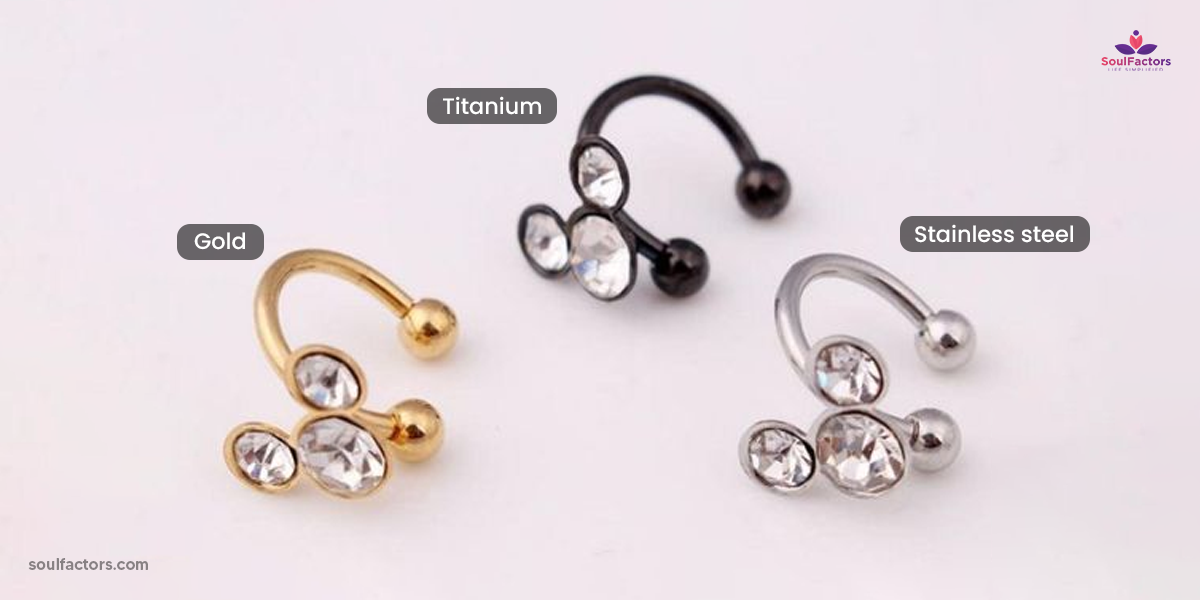
Stainless steel:
As it is hypoallergenic, it is a good choice. Still, some may develop adverse reactions.
Titanium:
The favorite of those having a sensitive skin type.
From Me To You…
Gum piercing is definitely trendy. But you should do a serious self-assessment about why you want it and how responsible you can be with the elaborate hygiene regimens you will have to stick to. You need to evaluate the risk factors and then decide accordingly. You are precious! Shed blood wisely!
FAQ
It depends on your individual pain threshold, on an average rated 4/10 and described as a quick and sharp pain.
A gum piercing is also called smiley piercing because it shows up when you smile.
If you are generally healthy and have chosen a piercer with high standards of hygiene, you are safe. You can continue being safe by following proper aftercare. Those with pre-existing dental and other health issues may not find this piercing as safe.

Subscribe to Newsletter
Elevate your routine, stay on trend, and embrace a personalized beauty journey with our curated insights.


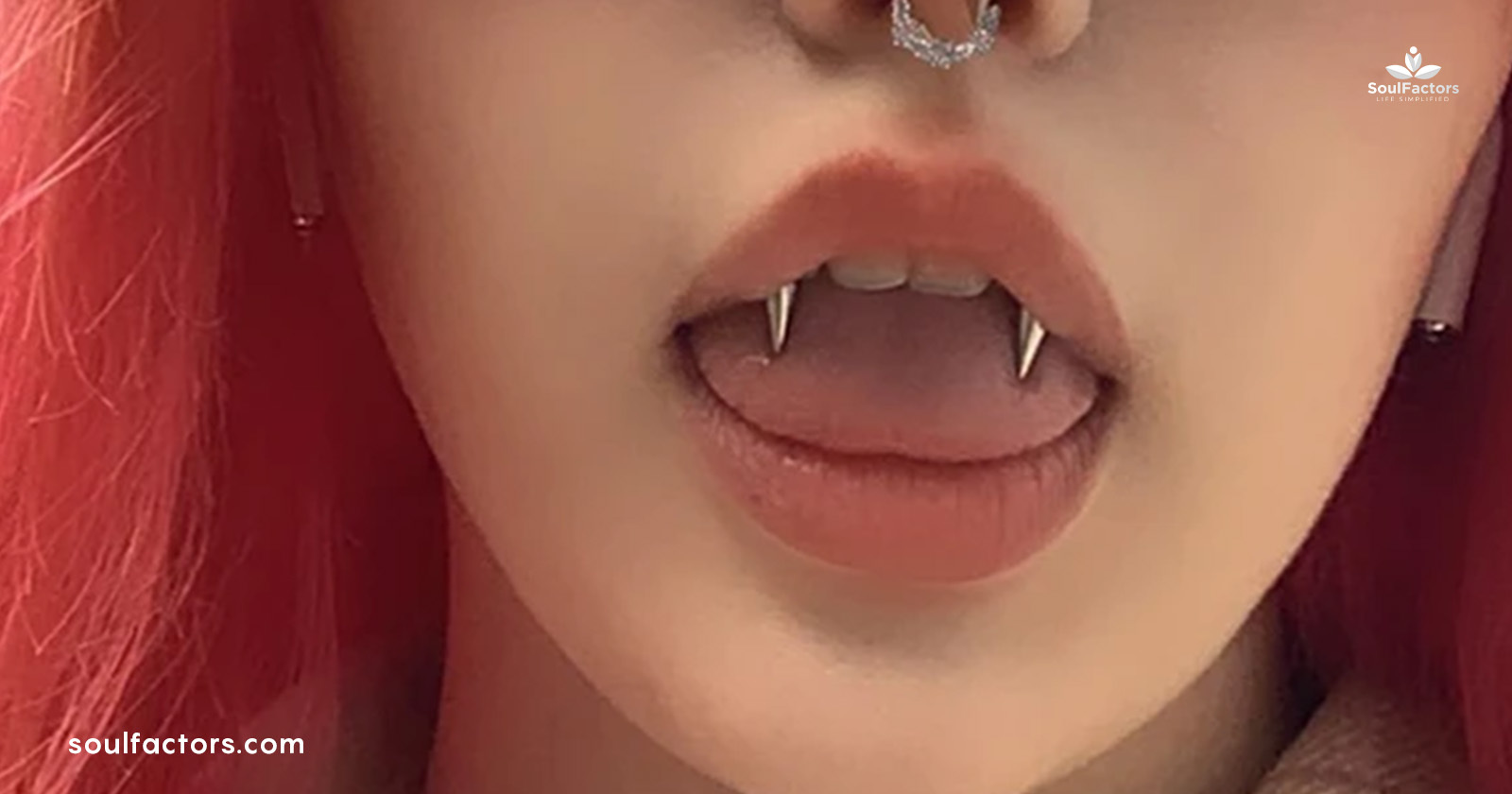
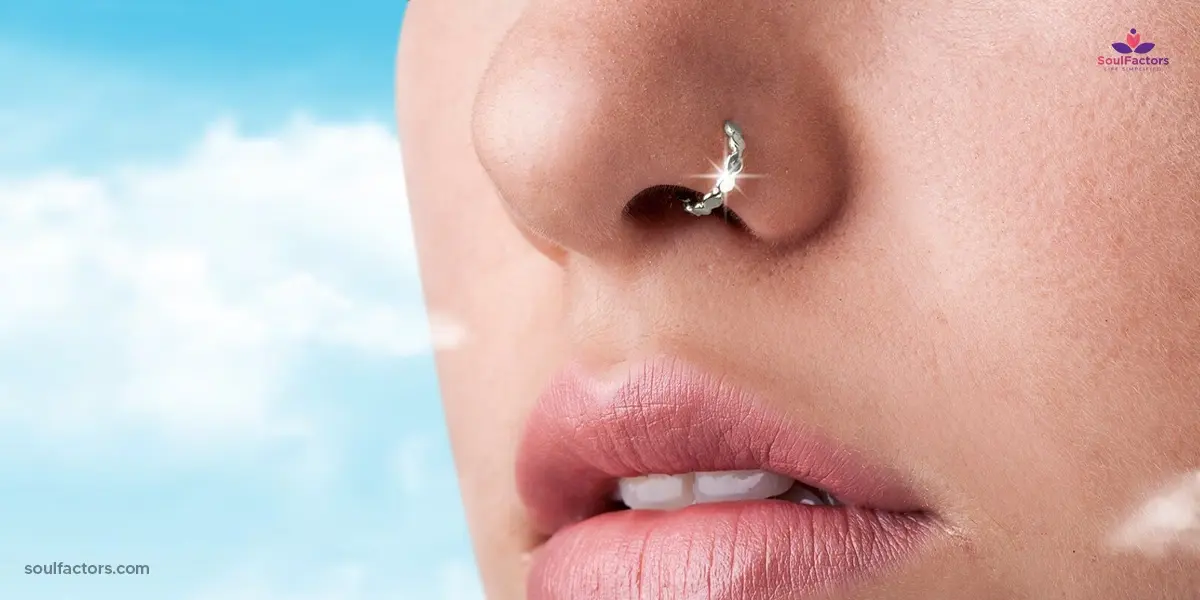
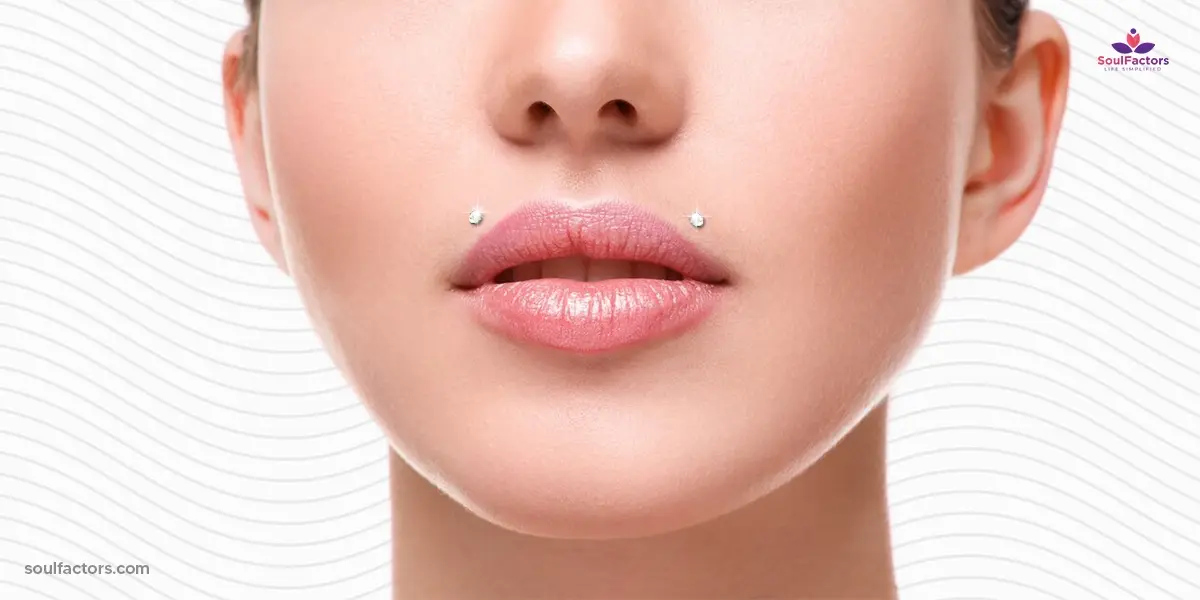
Write a Comment